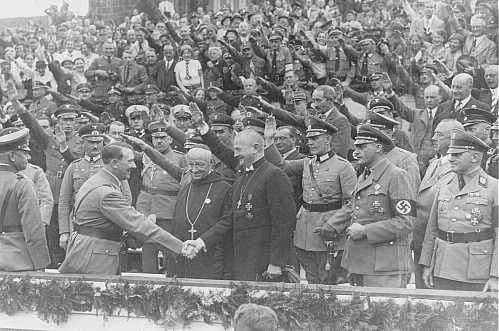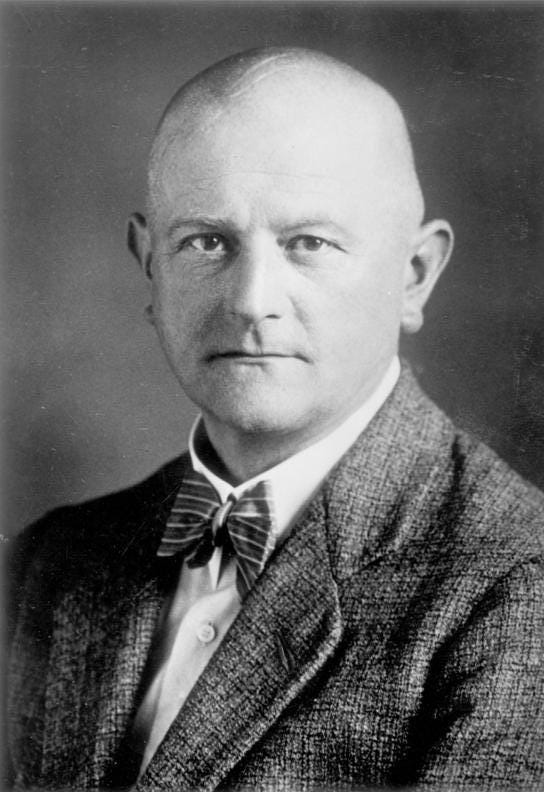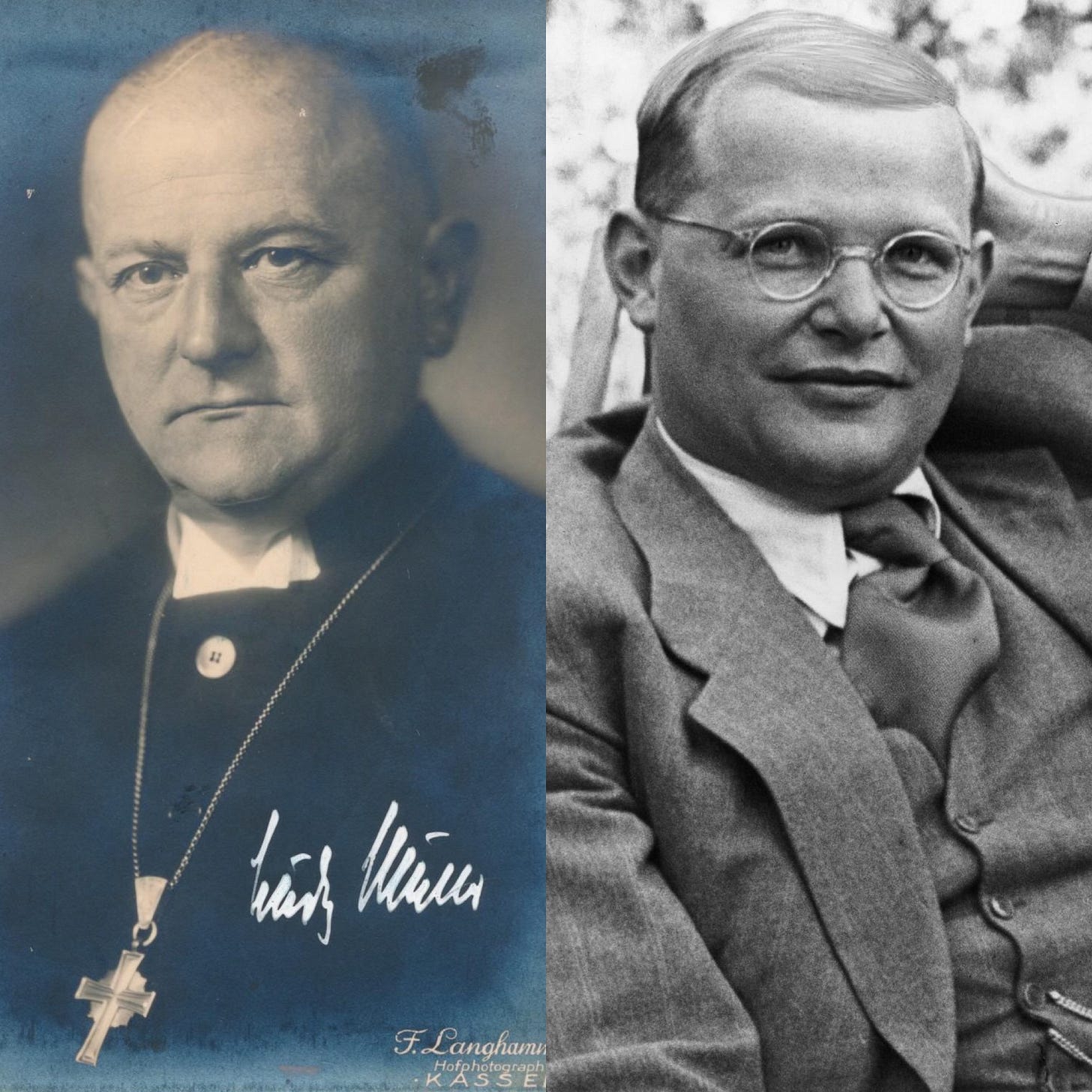The Narrow Way
Dietrich Bonhoeffer, Ludwig Müller, and following Jesus in the face of tyranny
Public Theology is based on the work of Zach W. Lambert, Pastor of Restore, an inclusive church in Austin, Texas. Zach’s first book, Better Ways to Read the Bible, will release on August 12, 2025 and is available to preorder today. All of the content available at Public Theology is for those who identify as Christian, as well as those who might be interested in learning about a more inclusive, kind, thoughtful Christianity. We’re glad you’re here.
Ludwig Müller was born on June 23, 1883, in Central Germany and grew up wanting to be a pastor. He attended an Evangelical Lutheran primary school and went on to study theology at Martin Luther University. At the age of 22, Müller got his first clergy job and later became a military chaplain during World War I.
After the war, Müller was disillusioned by Germany’s defeat and angry about the Treaty of Versailles which required Germany to accept responsibility for the war, surrender significant territory, pay reparations to the Allied nations, and reduce the size of it’s military.
Müller channeled his anger into becoming a staunch German nationalist and soon encountered another man who he felt could restore national pride and return Germany to it’s former greatness—that man’s name was Adolf Hitler. Müller’s Germany-first worldview aligned with the Nazi emphasis on nationalism, authoritarianism, and racial purity.
He first caught Hitler’s eye through his early and vocal support of both the Nazis and the führer himself. In the early 1930s, Müller officially joined the Nazi Party and became one of the most prominent Protestant clergymen to advocate for Nazi ideology.
In 1933, Hitler and the Nazi government sought to centralize the Protestant churches into a single “Reich Church.” Hitler was impressed by Müller’s devotion to him and to Nazism, so he decided to install Müller as the “Reich Bishop,” effectively making him the state-appointed head of German Protestantism. Müller then went to work unifying the German Protestant churches and clergy in support of Hitler and the Nazi party, attempting to provide religious justification for their atrocities.

But not everyone complied. Müller faced strong resistance from the Confessing Church, led by Dietrich Bonhoeffer, who fiercely opposed Adolf Hitler, the Nazis, and fascism.1 Just two days after Hitler became chancellor in 1933, Bonhoeffer gave a radio address warning against Hitler’s rise to power and calling him a dangerous leader. His speech was cut off mid-broadcast.
Bonhoeffer continued resisting the Nazis, especially pushing back against Müller and other German clergy who supported Hitler, until his arrest in 1943. He spent two years in a concentration camp and was executed in 1945.
Ironically, Müller died the very same year. He remained committed to Hitler and the Nazi Party until the very end, but after the Nazis were defeated, Müller followed in his führer’s footsteps and took his own life.
Müller and Bonhoeffer were alike in many ways: both Christian clergymen, both born and raised in Germany, both studied theology, both ordained pastors in the German Protestant church, and both died because of causes they devoted their lives to.
But they diverged in one vitally important way:
Keep reading with a 7-day free trial
Subscribe to Public Theology with Zach W. Lambert to keep reading this post and get 7 days of free access to the full post archives.




